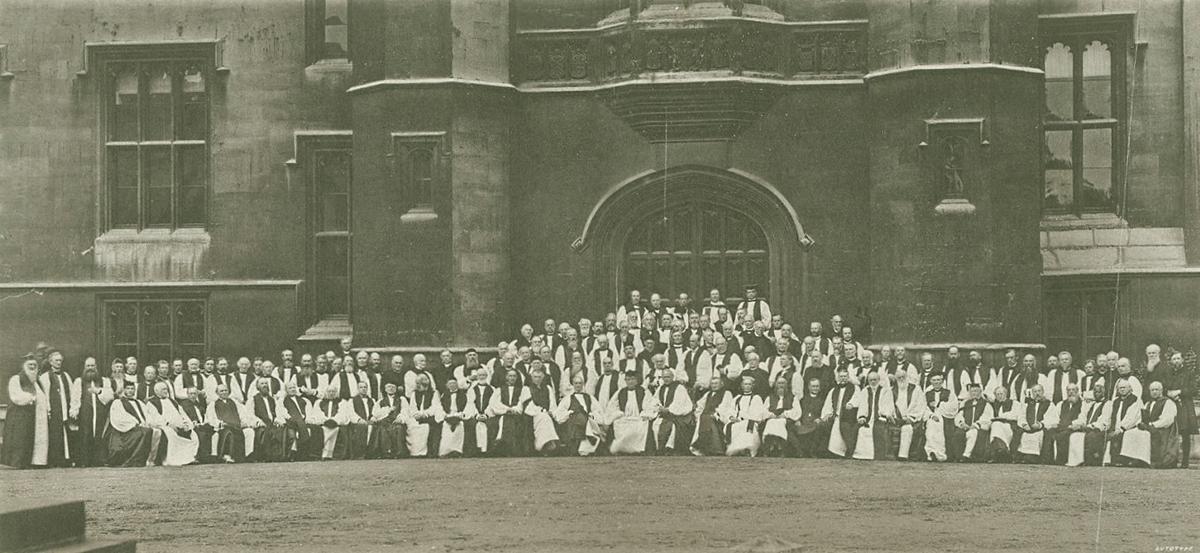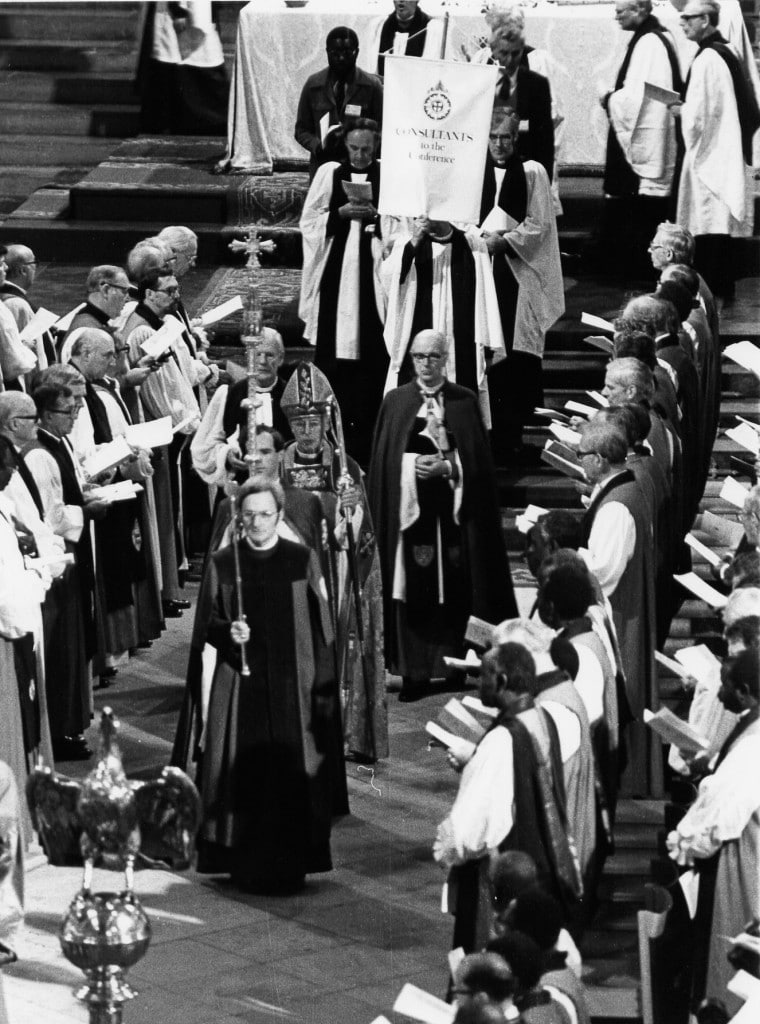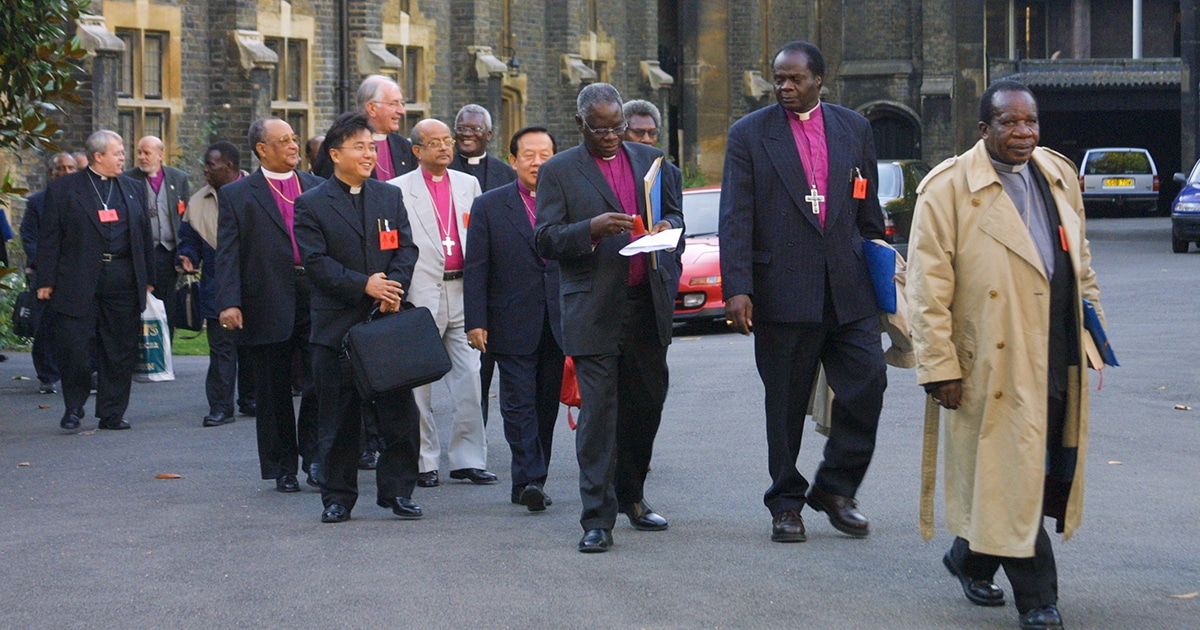With the latest Primates Meeting set to take place in Canterbury from January 11-16, Primates from across the worldwide Anglican Communion will soon be making their way to England to address some of the most pressing concerns for Anglicans around the globe.
Each of the 38 provinces that make up the Anglican Communion is autonomous, yet part of an interdependent whole. The Primates Meeting is one of four Instruments of Communion that help bring the provinces together, along with the Archbishop of Canterbury—who serves as symbolic spiritual leader of the communion—the Lambeth Conference, and the Anglican Consultative Council.
Though no body has authority over individual provinces, Archbishop Andrew Hutchison, Primate of the Anglican Church of Canada from 2004 to 2007, described the significance of the Primates Meeting as lying in its ability to bring together the leaders of each Anglican province.
“As an instrument of communion, it’s a way of building relationships—and ultimately, the health of the whole communion must depend upon relationships, not motions and regulations,” Hutchison said.
Development of the Instruments of Communion
First established in 1978, the Primates Meeting was the last of the Instruments of Communion to emerge historically. Evolving out of its predecessors, it represented the culmination of a period that saw the rapid growth of the Anglican Communion around the world.
Autonomy for individual provinces has been a cherished Anglican value stretching back to the 16th century. Even within the British Isles, the Church of England, the Church of Wales, the Church of Ireland and the Episcopal Church of Scotland were all fully autonomous.
By the middle of the 19th century, the situation in the communion had become more complex. The Episcopal Church in the United States was autonomous, in large part due to the U.S. War of Independence, while the Church of England in Canada—the forerunner of the modern Anglican Church of Canada—was not.
In 1867, following requests by church leaders in Canada, South Africa and the United States to the Archbishop of Canterbury, a meeting was held in London at the Lambeth Palace—the first Lambeth Conference.

Archbishop Michael Peers, Primate of the Anglican Church of Canada from 1986 to 2004, noted that the Lambeth Conference was the first international Anglican body with any influence, though it had no actual authority.
“They sorted it out that they could be a body that consults and recommends … They had no authority anywhere, but they felt generally speaking that this was a good idea for them to meet,” Peers said.
While the Lambeth Conference served as a kind of glue to help hold the communion together, its relative lack of authority, and the fact that only bishops were able to attend, prompted those in attendance to suggest a new kind of event.
The 1963 Anglican Congress held in Toronto was the first international Anglican gathering at which clergy other than bishops attended. The Congress recommended that the next Lambeth Conference set up a body called the Anglican Consultative Council, which was established in 1970 and brought together bishops, clergy and lay people from each province. Alone among the Instruments of Communion, the Anglican Consultative Council is a legal entity in Britain that can receive and disperse money, and which by law must meet every three years.
Controversy around the ordination of women
Throughout the 1960s, a new controversy was slowly brewing among the communion: the ordination of women. Delegates at the 1968 Lambeth Conference had expressed their approval for the idea of ordaining women as deacons, and Canadian bishops began doing so based on the fact that it was the opinion of the Lambeth Conference, though this was not formally binding.

In the 1970s, the Anglican Consultative Council, by a narrow majority, stated that it was appropriate for churches in the Anglican Communion to ordain women to the priesthood. Despite its non-binding status, the council’s decision provoked a backlash by dissenting bishops.
When the Lambeth Conference met in 1978—with Archbishop Peers among those in attendance—the majority of the bishops present opposed the ordination of women. The recommendation by the Anglican Consultative Council, however, had already been made. The bishops therefore asked then-Archbishop of Canterbury Donald Coggan to call together regular meetings of the Primates for mutual support.
“Basically, what was happening in 1978 … was to try and put the brakes on the Anglican Consultative Council, who clearly in the minds of many people were galloping towards ruin,” Peers recalled. “And they thought the Primates would be able to rein in the horses.”
In the ensuing decades, the Primates Meeting steadily grew in importance. Archbishop Robert Runcie was a strong supporter of the Primates Meeting during his tenure as Archbishop of Canterbury. By the end of Archbishop George Carey’s term, the Primates were meeting once a year.
But as the 21st century dawned, new controversies began to be felt among the Primates. The ensuing debate would serve as a major test of the unity of the Anglican Communion in the years to come.
Visit the Anglican Church of Canada website for the next instalment in this historical overview of the Primates Meeting.
Interested in keeping up-to-date on news, opinion, events and resources from the Anglican Church of Canada? Sign up for our email alerts .

